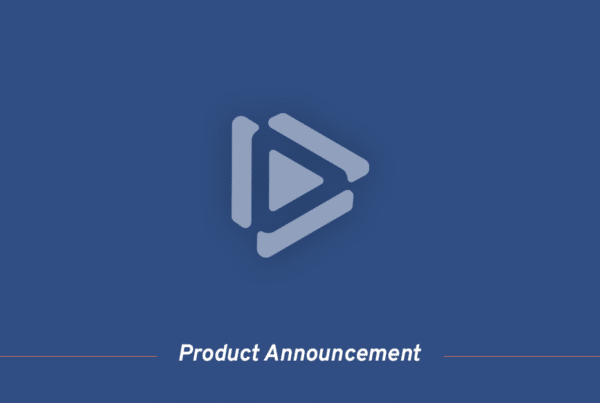
Interpreting The Forrester Wave™: Digital Asset Management for Customer Experience, Q1 2022 report
January 25, 2023
Interpreting The Forrester Wave™: Digital Asset Management for Customer Experience, Q1 2022 report
The latest Forrester Wave report on Digital Asset Management (DAM) for Customer Experience has just…






